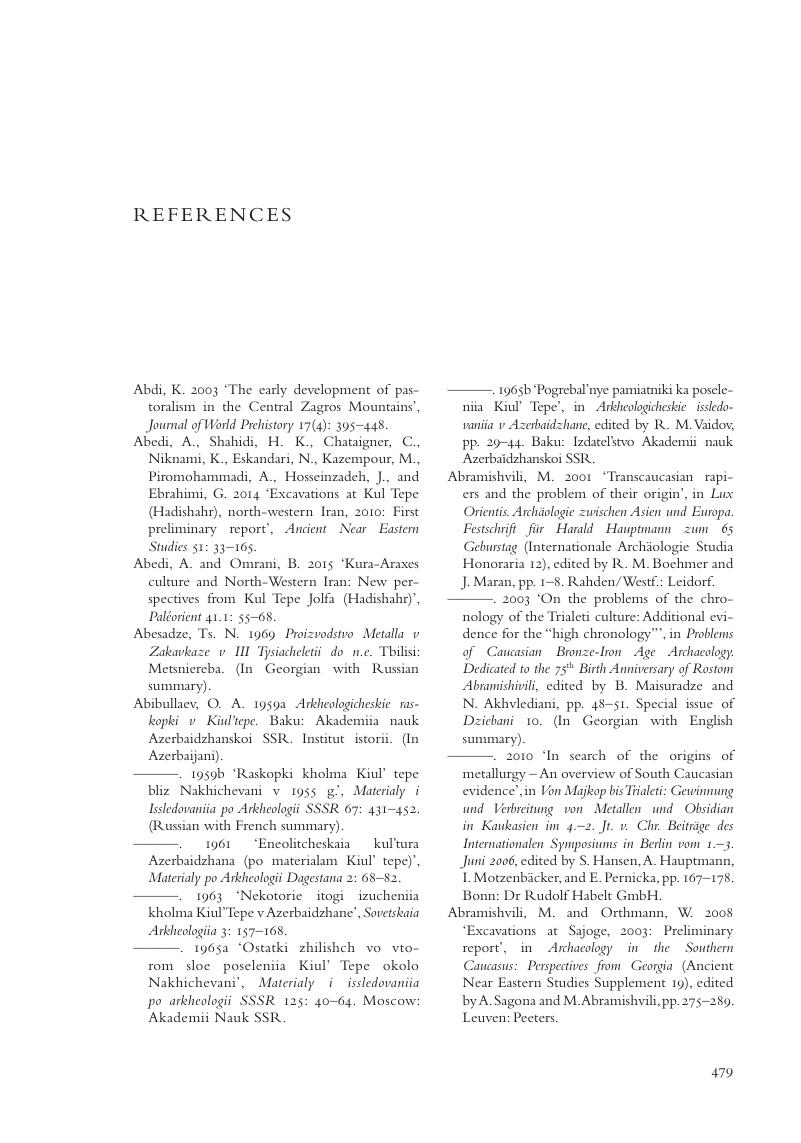Book contents
- The Archaeology of the Caucasus
- Cambridge World Archaeology
- The Archaeology of the Caucasus
- Copyright page
- Contents
- Figures
- Preface
- Acknowledgements
- Introduction
- Chapter 1 The Land and Its Languages
- Chapter 2 Trailblazers: The Palaeolithic and Mesolithic Foundations
- Chapter 3 Transition to Settled Life: The Neolithic (6000–5000 BC)
- Chapter 4 Far-Flung Networks: The Chalcolithic (5000/4800–3500 BC)
- Chapter 5 Encounters beyond the Caucasus: The Kura-Araxes Culture and the Early Bronze Age (3500–2400 BC)
- Chapter 6 Dolmens for the Dead: The Western Caucasus in the Bronze Age (3250–1250 BC)
- Chapter 7 The Emergence of Elites and a New Social Order (2500–1500 BC)
- Chapter 8 From Fortresses to Fragmentation: The Southern Caucasus in the Late Bronze Age through the Iron Age I (1500–800 BC)
- Chapter 9 Smiths, Warriors, and Womenfolk: The Koban Culture of the Northern Caucasus (1400–600 BC)
- Chapter 10 A World Apart: The Colchian Culture
- Chapter 11 The Grand Challenges for the Archaeology of the Caucasus
- References
- Index
- References
References
Published online by Cambridge University Press: 17 November 2017
- The Archaeology of the Caucasus
- Cambridge World Archaeology
- The Archaeology of the Caucasus
- Copyright page
- Contents
- Figures
- Preface
- Acknowledgements
- Introduction
- Chapter 1 The Land and Its Languages
- Chapter 2 Trailblazers: The Palaeolithic and Mesolithic Foundations
- Chapter 3 Transition to Settled Life: The Neolithic (6000–5000 BC)
- Chapter 4 Far-Flung Networks: The Chalcolithic (5000/4800–3500 BC)
- Chapter 5 Encounters beyond the Caucasus: The Kura-Araxes Culture and the Early Bronze Age (3500–2400 BC)
- Chapter 6 Dolmens for the Dead: The Western Caucasus in the Bronze Age (3250–1250 BC)
- Chapter 7 The Emergence of Elites and a New Social Order (2500–1500 BC)
- Chapter 8 From Fortresses to Fragmentation: The Southern Caucasus in the Late Bronze Age through the Iron Age I (1500–800 BC)
- Chapter 9 Smiths, Warriors, and Womenfolk: The Koban Culture of the Northern Caucasus (1400–600 BC)
- Chapter 10 A World Apart: The Colchian Culture
- Chapter 11 The Grand Challenges for the Archaeology of the Caucasus
- References
- Index
- References
Summary

- Type
- Chapter
- Information
- The Archaeology of the CaucasusFrom Earliest Settlements to the Iron Age, pp. 479 - 528Publisher: Cambridge University PressPrint publication year: 2017

